- Withdrawal of Towns and Reform of Cities, Promoting Industry and Promoting Economic Growth
- Longgang has realized the leap from "peasant town" to "new town"

In August 2019, with the approval of the State Council, the Ministry of Civil Affairs wrote back to the Zhejiang Provincial Government, agreeing to revoke Longgang Town, Cangnan County, Wenzhou City, and establish Longgang City at the county level.
Why did Longgang stand out and take the lead in upgrading nationwide? Under the background of speeding up the implementation of the new urbanization strategy in China, what is the significance behind the town reform? Let's see what Li Tie, chief economist of China's Center for Urban and Small Town Reform and Development, said.
Longgang Reform is an Overall Breakthrough in the Construction of New Urbanization
Longgang is located in the northeast of Cangnan County, Wenzhou City, Zhejiang Province. It was originally five small fishing villages. Established in 1984, Longgang Town is the "first peasant town in China" for peasants to raise funds. With the process of reform and opening up, Longgang has achieved a leap from "peasant town" to "new town". In 2018, Longgang Town, with a population of over 380,000 and a gross product of about 30 billion yuan, ranked 17th among the top 100 towns with comprehensive strength in the country and became a veritable "super town".
Q: Why did Longgang be chosen for the town withdrawal?
A: First of all, the historical significance of Longgang. It was the first "peasant town" in which farmers brought their own rations and settled down in China. Since the 1990s, China's township enterprises have developed to a certain extent, and a number of large towns have sprung up all over the country. At that time, it was pointed out that the development of small towns had very important practical value. In promoting the reform of small town management system, Longgang took the lead. In 1995, Longgang was listed as one of the 57 pilot towns for comprehensive reform of small towns in China.
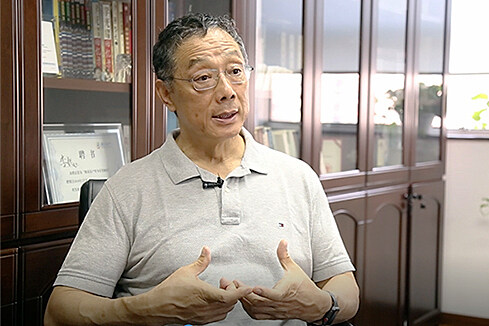
Li Tie, Chief Economist of China Urban and Small Town Reform and Development Center (Image Source: People's Network)
After the promulgation of the national new urbanization plan in 2014, Longgang became the only pilot town in the first batch of national comprehensive pilot projects of new urbanization. The approval of the State Council for the withdrawal of towns and cities from Longgang also reflects the requirements of the central government for the construction of new urbanization. It is a very important breakthrough to speed up the development of small and medium-sized cities, especially the process of the establishment of super-large towns.
Longgang's breakthrough is not confined to a town-to-city reform, but as a test point of the new-type urbanization reform of the country, a breakthrough as a whole, a general trend in the metropolitan circle of the developed regions of the country, and completed through decades of accumulation. Longgang is only a typical city.
The key to town reform lies in solving the dispute of interests
Town-to-city reform means the comprehensive upgrading of human rights, administrative rights, land rights, financial rights and other powers. The disputes over block and local interests brought about by the adjustment of jurisdiction involve complex adjustment of interest distribution structure. In the pilot follow-up study of more than 20 years, the reform has undergone many repetitions.
Q: What's the difficulty in removing towns and transforming cities?
A: The first one is the issue of interests. Towns are at the bottom of China's urban administrative hierarchy. For a long time in the past, the super-large town government demanded to upgrade the administrative level. The main appeal was that the power was too small. Generally speaking, the police stations can only be set up in the towns with built-up system, and there is no independent right of public security disposal. In some large towns, the public security sub-bureaus are set up, while the real decision-making power is in the city and county public security bureaus. They have no decision-making power of their own. When it comes to finance and public services, this is the problem of "small horse cart".
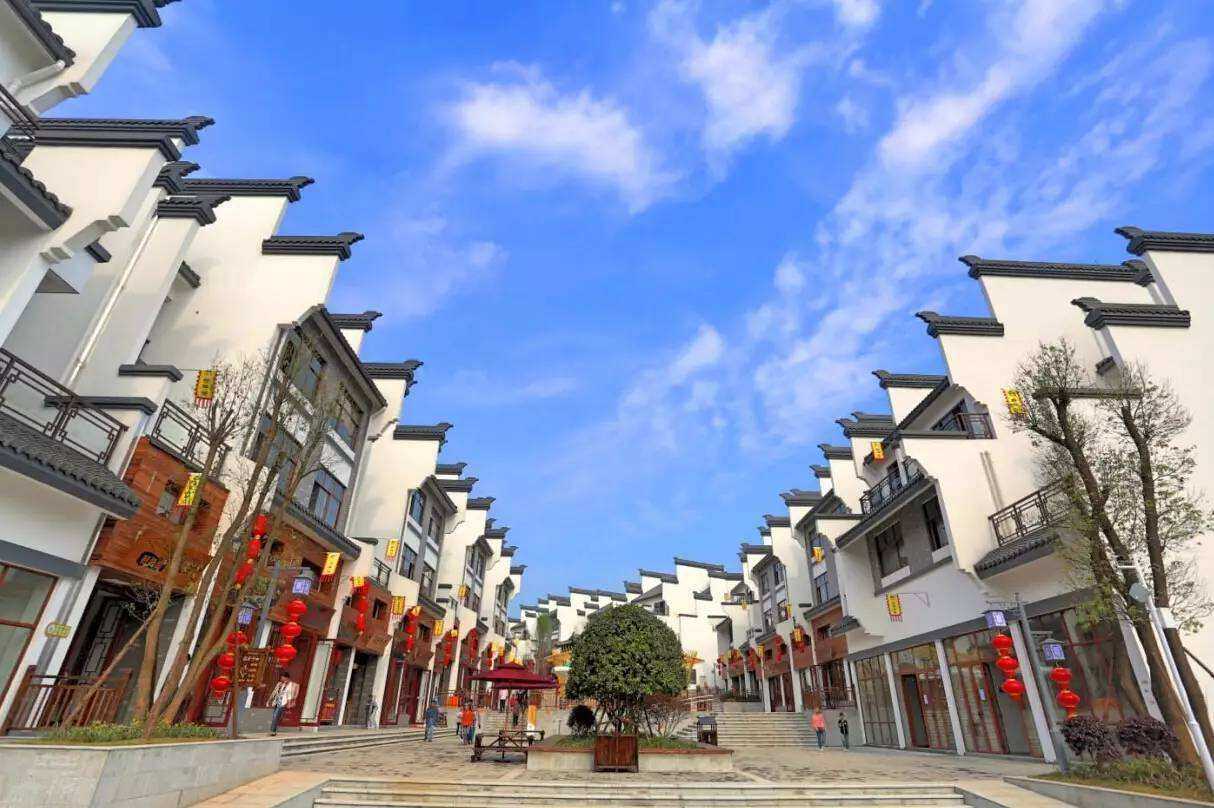
For China's urban management, we have been puzzled by the fact that most of the county-level and higher-level governments with perfect management system and superiority of administrative hierarchy are unable to compare with the "small horse and cart" townships in terms of development vitality. After all, without the support of power, financial and material resources, each town attracts so many agricultural migrants, carries such a powerful industry and market, and faces so many administrative constraints. These are all problems that need to be solved in the study of super-large towns.
The key to town reform is how to break these interests. For example, 40% of Cangnan's finance comes from Longgang. Suddenly 40% of its grain is cut off, which will have a great impact on the future development of the county. Wenzhou is more concerned about the balance and stability of local development, and it is difficult to solve this problem. So why is it broken now? The central government's policy and the local government's determination are the first. The central government is resolute in solving the problem, and the provincial government of Zhejiang Province has played a decisive role in the implementation of the policy. The Wenzhou Municipal Government and Cangnan County Government have exploited various opportunities and conditions to break through the existing complex interests, thus enabling Longgang to take the lead in realizing the breakthrough of town withdrawal and city transformation in China.
China's urbanization is not just "peasants going to cities"
Q: What is the impact of upgrading a city in Zhejiang on the whole country?
A: In the Key Tasks of New Urbanization Construction in 2019, it is proposed to promote the healthy development of urban agglomerations and metropolitan areas, and to build a coordinated urbanization spatial pattern of large, medium and small cities and towns. The reform of Longgang is an important exploration to stimulate the vitality of small and medium-sized cities through institutional adjustment.
Q: How to understand the significance of removing towns and transforming cities in Longgang for the construction of new urbanization?
A: Just because these towns are "small government and big society", they have not brought more investment in infrastructure, rapid real estate development and too much debt. On the contrary, they have promoted population growth, employment and fiscal and taxation promotion. Longgang needs an institutional breakthrough to develop into a more dynamic, cheaper and more in line with China's urbanization process. We are proposing that
Now when we talk about urbanization, we often use modern cities in Beijing, Shanghai and other countries to demand every city, but the problem that China has to solve is that farmers enter cities. Farmers want to settle down in big cities. On the one hand, these cities are severely excluded, on the other hand, they can not afford the cost of living. There are natural differences between big towns and big cities, which make farmers not afraid of cities, but also can quickly integrate into cities at a lower cost to complete the important transition of urbanization. When we put forward the concepts of metropolitan area, urban agglomeration and central city, we should consider more about the formation of better spatial combination according to industry and population structure, which is the pattern of coordinated development of large, medium and small cities and towns. In this process, large towns, small cities and even medium-sized cities in economically active areas should bear more responsibilities.
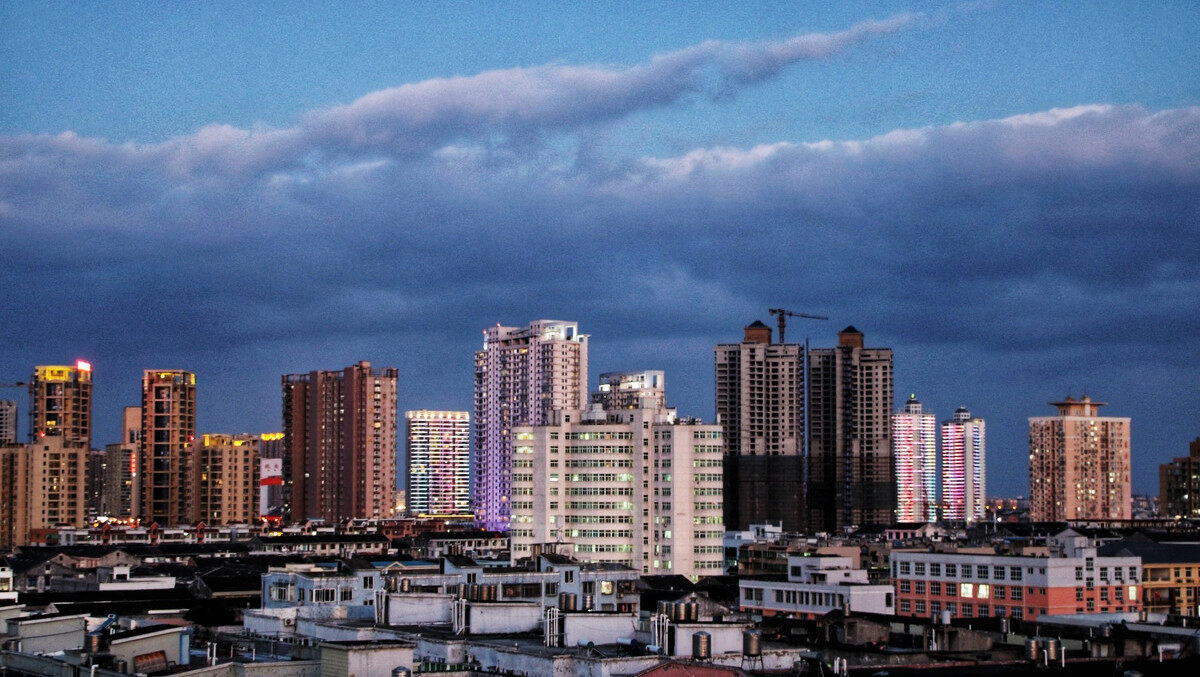
We must stand in the background of the development of urbanization in China to understand the reform of Longgang. Its withdrawal of towns and establishment of cities is not only a "peasant city" to change the market, but also an exploration of stimulating the vitality of small and medium-sized cities through institutional adjustment in the development of metropolitan areas and urban agglomerations to drive the economic development of China as a whole. From this point of view, its significance is no less than the reform of land management system and household registration management system. Author/Bai Zhenzhi, Li Jiao, Editor/Zhao Jing
Comment
 Praise
Praise
 Collect
Collect
 Comment
Comment
 Search
Search



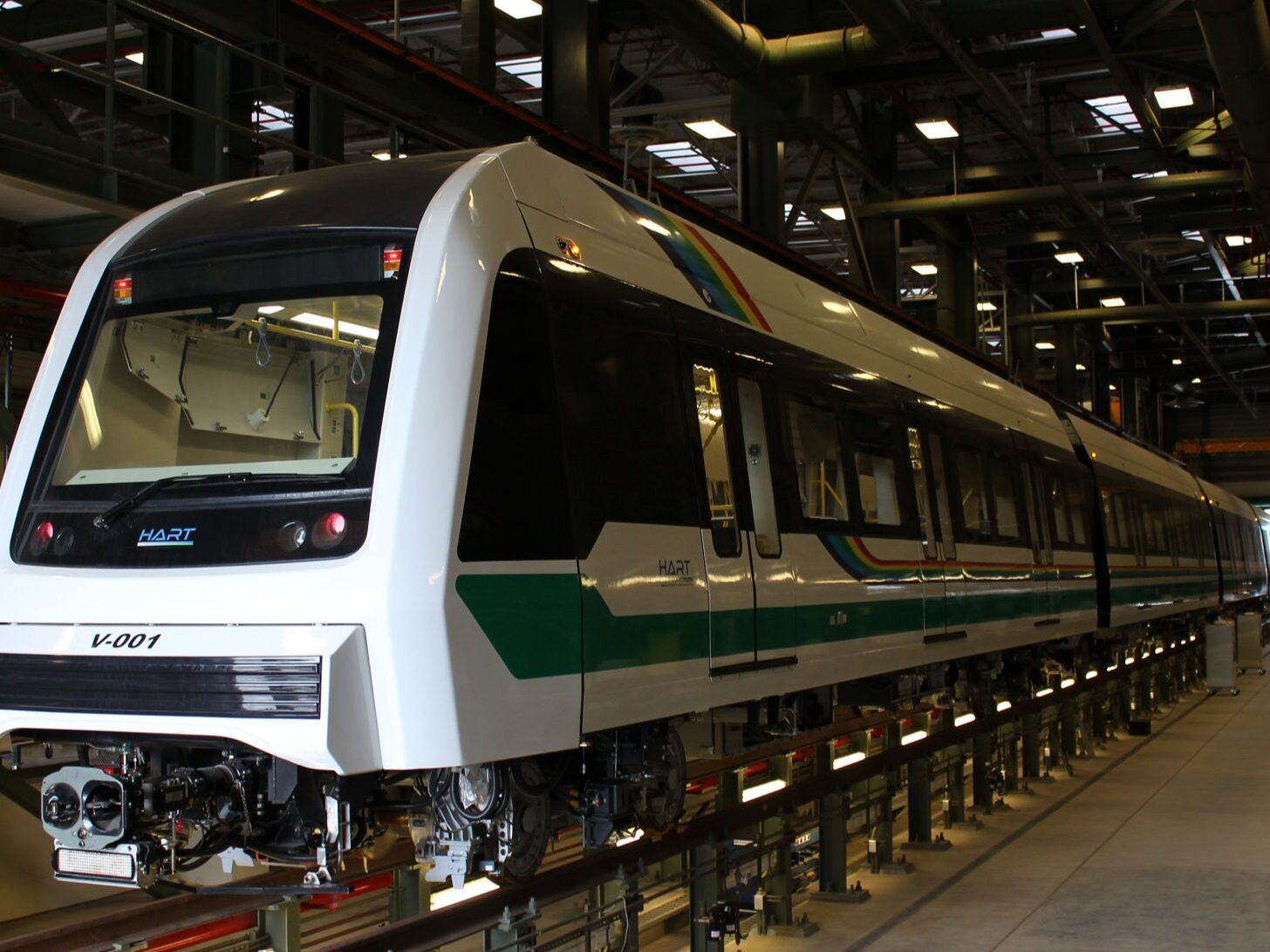
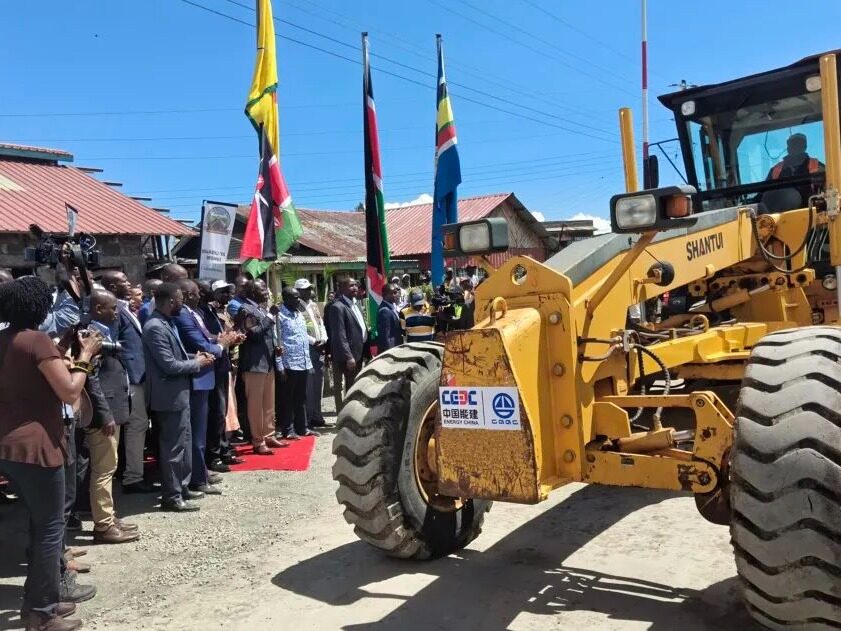
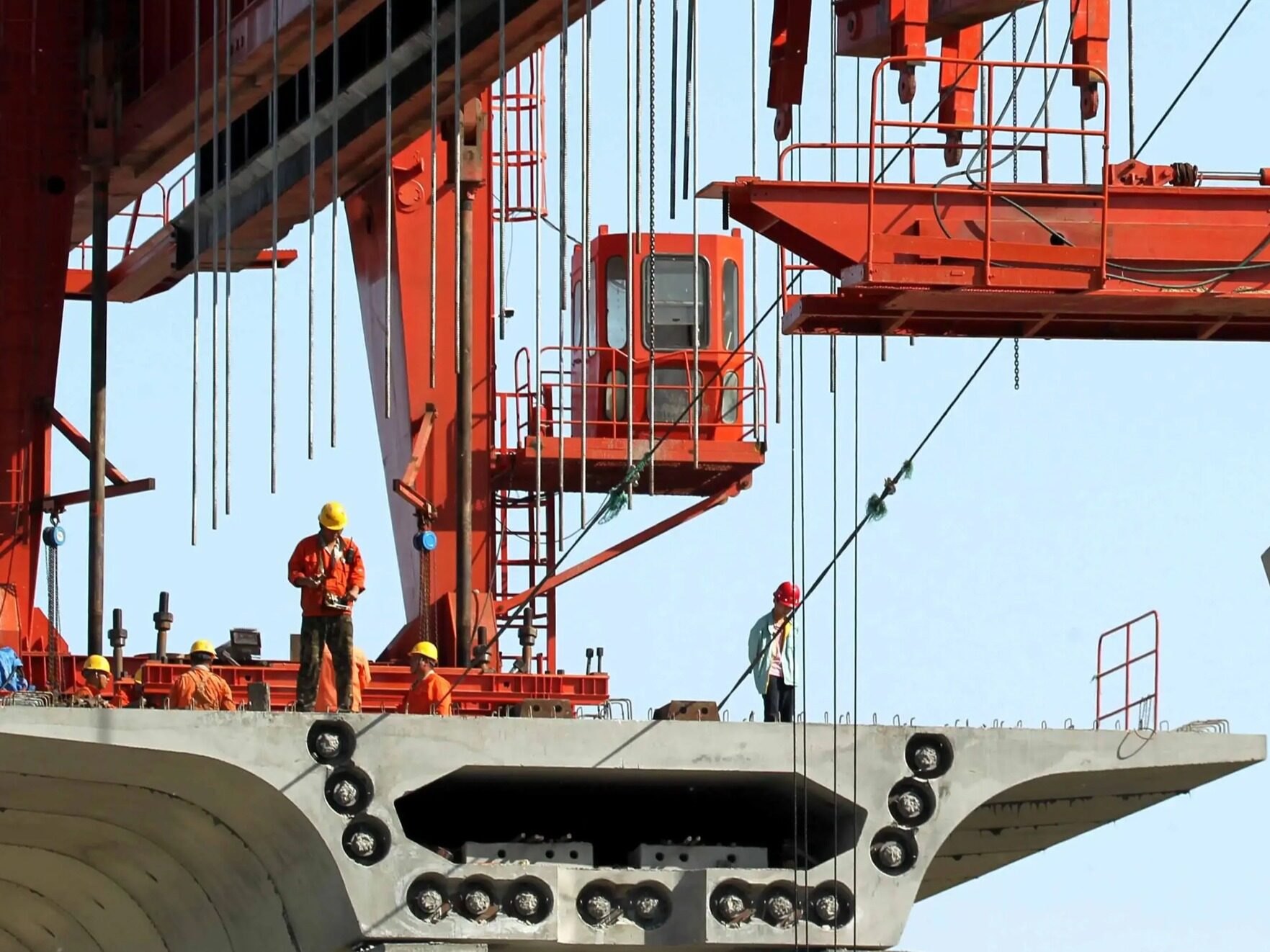
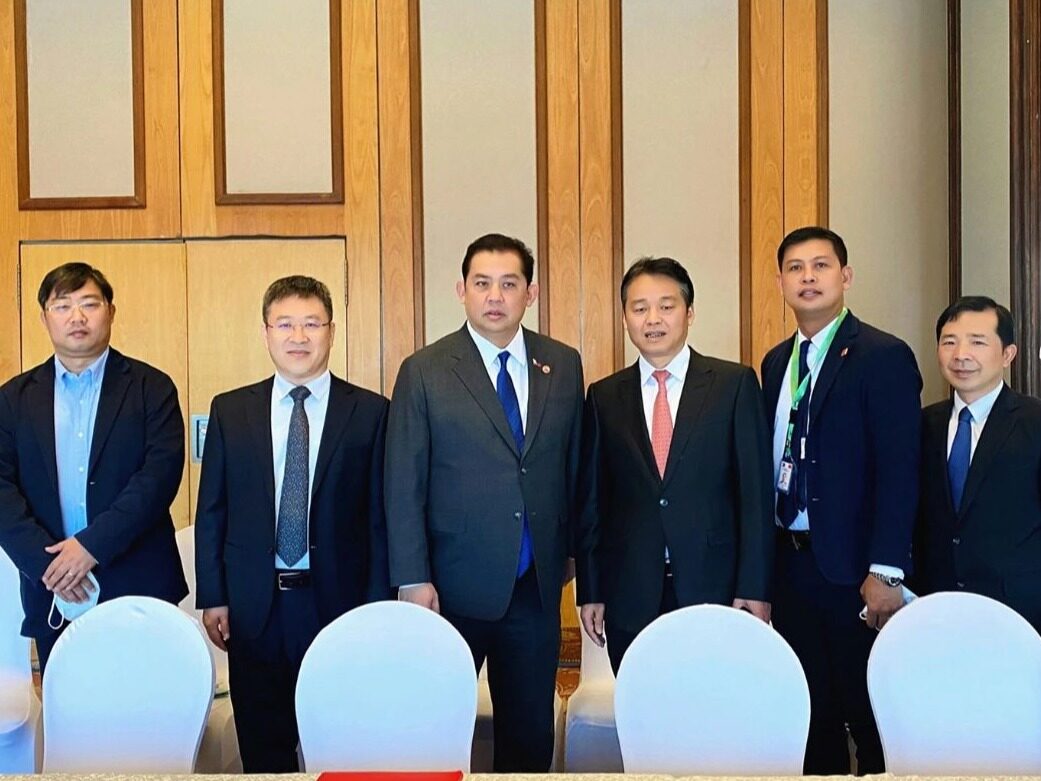







Write something~